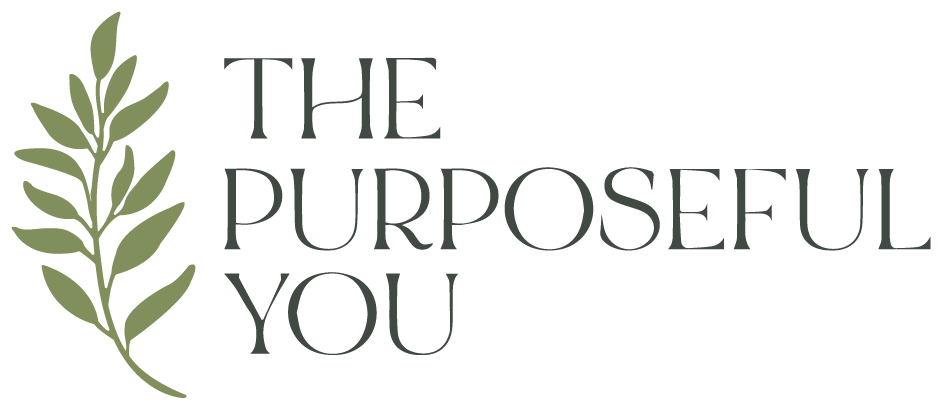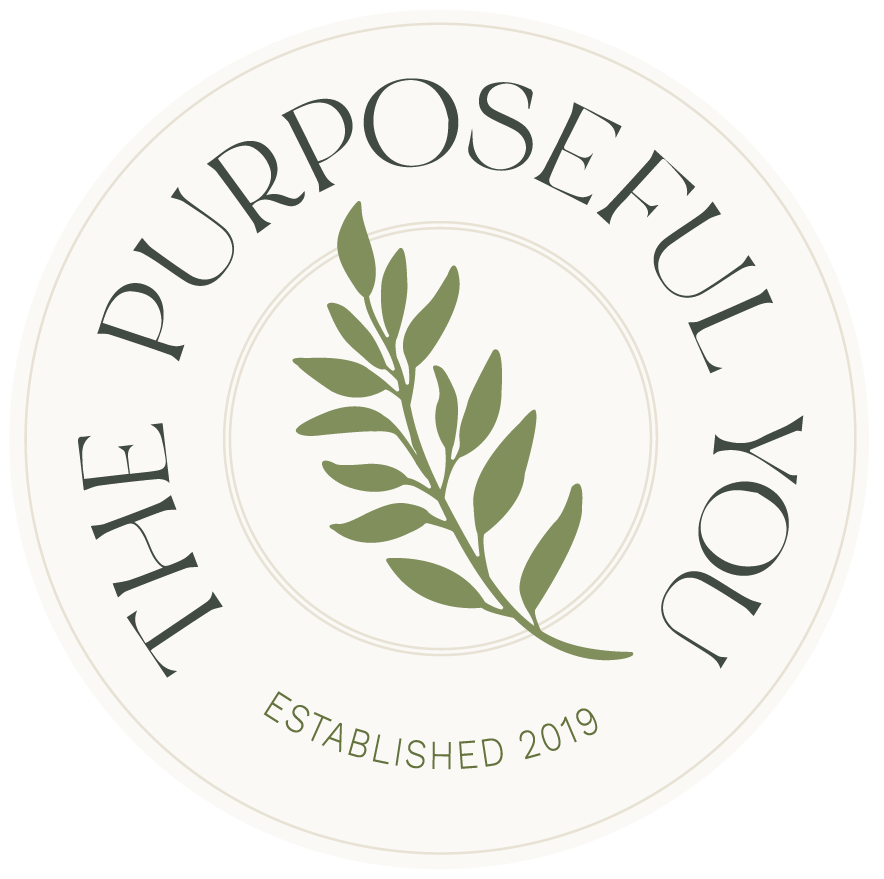Growing Edible Flowers
Check out my Garden E-Book!
Did you know I wrote an e-book? It’s perfect for beginner gardeners in their first 3 years of gardening. Check it out and purchase my e-book here!
Edible flowers not only add a splash of colour and beauty to your garden, but they also offer unique flavors and textures to your culinary creations. From salads and desserts to cocktails and teas, these blossoms can enhance a wide range of dishes. I love incorporating edible flowers into our vegetable and herb garden. Besides being edible, they have an important job to bring the pollinators in too! Here's a guide to the top ten edible flowers to grow, along with their benefits and uses in the kitchen.
1. Nasturtiums
Benefits: Nasturtiums are easy to grow and help deter pests like aphids.
Culinary Uses: Their bright, peppery flowers are perfect for salads, sandwiches, and garnishes on drinks. The leaves are also edible and add a spicy kick.
2. Calendula
Benefits: Known for its medicinal properties (anti-inflammatory properties that could help with skin conditions and wound healing), calendula can help repel pests and improve soil health. I specifically grow beside tomatoes and basil.
Culinary Uses: The petals add a saffron-like color to dishes and can be used in soups, stews, and rice. They also make beautiful cake decoration.
3. Pansies
Benefits: Pansies are cold-hardy and can brighten up your garden during cooler months. We plant Fall (they come back in Spring) or in Spring.
Culinary Uses: Their mild, slightly sweet flavor makes them ideal for decorating cakes, cookies, and other desserts. They also make charming additions to salads and cocktails.
4. Borage
Benefits: Borage attracts pollinators like bees and improves soil quality.
Culinary Uses: The star-shaped blue flowers taste like cucumber and are perfect for summer drinks, salads, and garnishes. They can also be candied for desserts.
5. Viola
Benefits: These small, colorful flowers are easy to grow and provide ground cover. They are smaller looking pansies if you are wondering. :)
Culinary Uses: With a mild, sweet flavor, violas are excellent for decorating cakes, pastries, and salads. They can also be used to infuse syrups and vinegars.
6. Chive Blossoms
Benefits: Chives repel harmful insects and are great companions for many vegetables.
Culinary Uses: The purple flowers have a mild onion flavour, ideal for adding to salads (we love to add to potato salad),soups, and creamy spreads. They can also be used to flavour vinegars.
7. Roses
Benefits: Rose bushes can deter pests and their hips are rich in vitamin C.
Culinary Uses: Rose petals can be used to make syrups, jellies, and desserts. They add a subtle floral flavour to teas and cocktails.
8. Hibiscus
Benefits: Hibiscus plants can attract a variety of pollinators and are known for their medicinal properties.
Culinary Uses: The tart, cranberry-like flavor of hibiscus is perfect for teas, jams, and sauces. Hibiscus flowers can also be used in cocktails and desserts for a vibrant color and unique taste.
9. Lavender
Benefits: Lavender attracts pollinators early spring and can deter garden pests.
Culinary Uses: The sweet, floral flavor of lavender is popular in baked goods, ice creams, and syrups. Lavender can also be used to flavor teas and cocktails, adding a touch of elegance.
10. Chamomile
Benefits: Chamomile attracts beneficial insects and can improve garden health.
Culinary Uses: Known for its calming properties, chamomile is most commonly used in teas. The flowers can also be used to infuse syrups and honeys, and as a delicate garnish for desserts.
Tips for Growing Edible Flowers
Choose Organic: Ensure that the flowers are free from pesticides and chemicals.
Sunlight and Soil: Most edible flowers need plenty of sunlight and well-drained soil.
Harvesting: Pick flowers in the morning when they are fresh and full of moisture.
Storage: Use fresh flowers soon after picking, or store them in the refrigerator to maintain their freshness.
Growing edible flowers can transform your garden into a vibrant, multi-sensory paradise while offering a range of culinary delights. These blooms not only enhance the beauty of your outdoor space but also provide unique flavours and nutritional benefits. Whether you’re garnishing a salad, baking a cake, or mixing a cocktail, edible flowers are a delightful and versatile addition to your kitchen repertoire. Start cultivating these floral treasures today and enjoy a bountiful, beautiful harvest.
* Note: Some links featured in the above post are commissionable/affiliate links.










